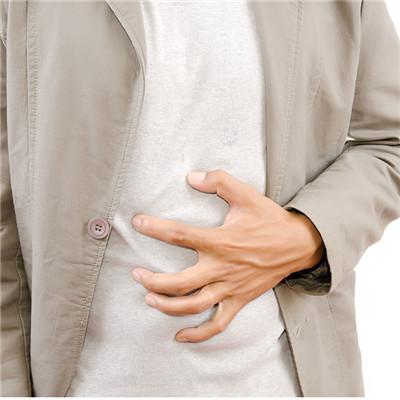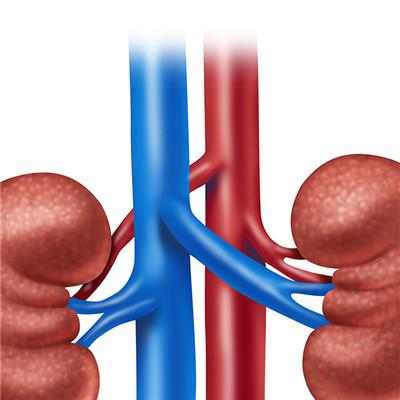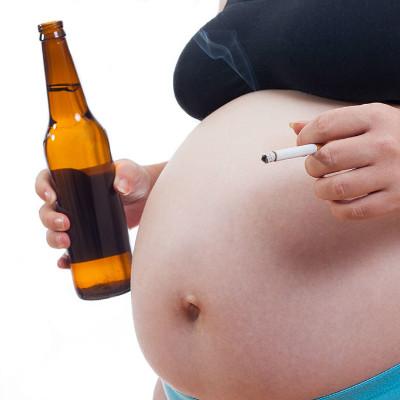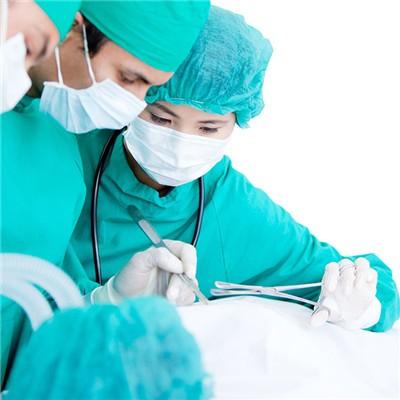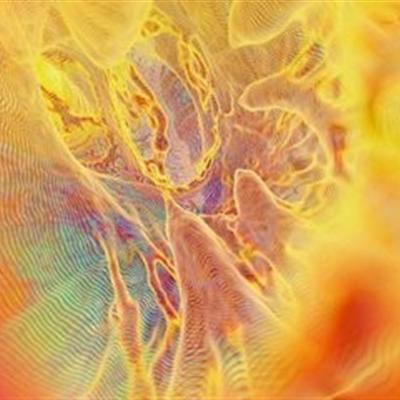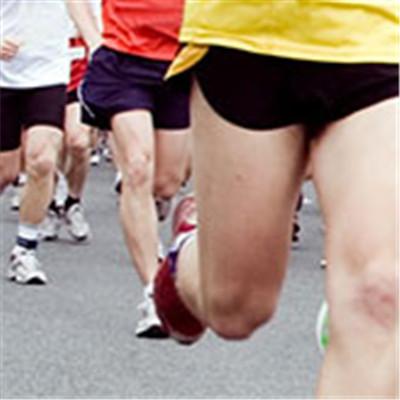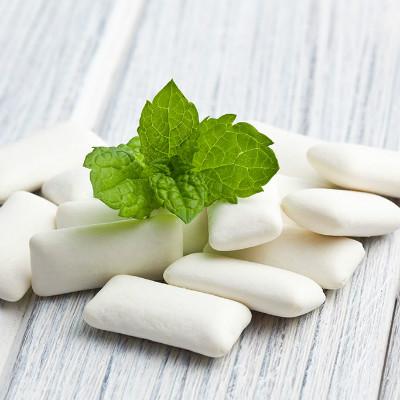Symptoms of intrahepatic bile duct dilatation
summary
Intrahepatic bile duct dilatation is characterized by bile duct epithelial hyperplasia and cystic dilatation. Epithelial hyperplasia is not heteromorphic. Thick walled vessels, nerves and lymph follicles, inflammatory cell infiltration and fibrous tissue cell proliferation can be seen in the proliferative bile duct. Pathologically, Caroli's disease was divided into type I and type II according to the presence or absence of intrahepatic fibrosis and portal hypertension. Pathologically, Caroli's disease was divided into type I and type II according to the presence or absence of intrahepatic fibrosis and portal hypertension. The symptoms of intrahepatic bile duct dilatation.
Symptoms of intrahepatic bile duct dilatation
The disease can occur at any age, especially in children and adolescents. The ratio is about 2:1. The clinical manifestations are various and nonspecific. The typical manifestations are abdominal pain, jaundice and abdominal mass. Often due to bile stasis and lead to repeated attacks of persistent cholangitis, secondary infection has fever. Duodenal compression can cause anorexia, nausea, vomiting and other gastrointestinal symptoms.
Children may have bile like stool, occasionally lead to liver abscess, severe sepsis, often accompanied by polycystic kidney disease. The clinical manifestations of type I and type II Caroli's disease are different. Type I: mainly clinical manifestations of biliary tract diseases, can be manifested as recurrent pain in the right upper abdomen, progressive aggravation, often with cholecystitis, gallstones difficult to distinguish, so easy to miss diagnosis, misdiagnosis. Type II: in addition to the manifestations of biliary system, there are also manifestations of hepatic fibrosis and portal hypertension, such as gastrointestinal bleeding and splenomegaly. This type is more than cholangitis or obstructive jaundice before cirrhosis, also known as Caroli syndrome.
The clinical manifestation of the disease is lack of specificity, so the diagnosis mainly depends on imaging data. B-ultrasound is one of the conventional diagnostic methods. It can be seen that multiple cysts in the liver are often distributed in clusters. If stones are found in the cysts, the diagnostic rate can be improved. However, B-ultrasound has some limitations. It is often difficult to identify the cysts without stones and other types of intrahepatic cystic lesions. CT examination is better than ultrasound, can clearly show the location and nature of lesions, such as strip or small branched low-density shadow, mainly in the right lobe of the liver, hilar area and central bile duct area without expansion, cyst and expanded tubular structure connected, central point sign can often provide accurate diagnosis basis, and can show the liver, portal vein, spleen and kidney lesions. MRCP examination has the following advantages: 1. It is noninvasive and avoids the risk of bacterial transmission. 2. It can well show the relationship between bile duct and cyst, which is of great significance for judging the scope of lesions and clarifying the changes of liver parenchyma, blood vessels and bile duct.
matters needing attention
Eat more high cellulose and fresh vegetables and fruits, with balanced nutrition, including protein, sugar, fat, vitamins, trace elements, dietary fiber and other essential nutrients. Mix meat and vegetables, diversify food varieties, and give full play to the complementary role of nutrients among foods.
